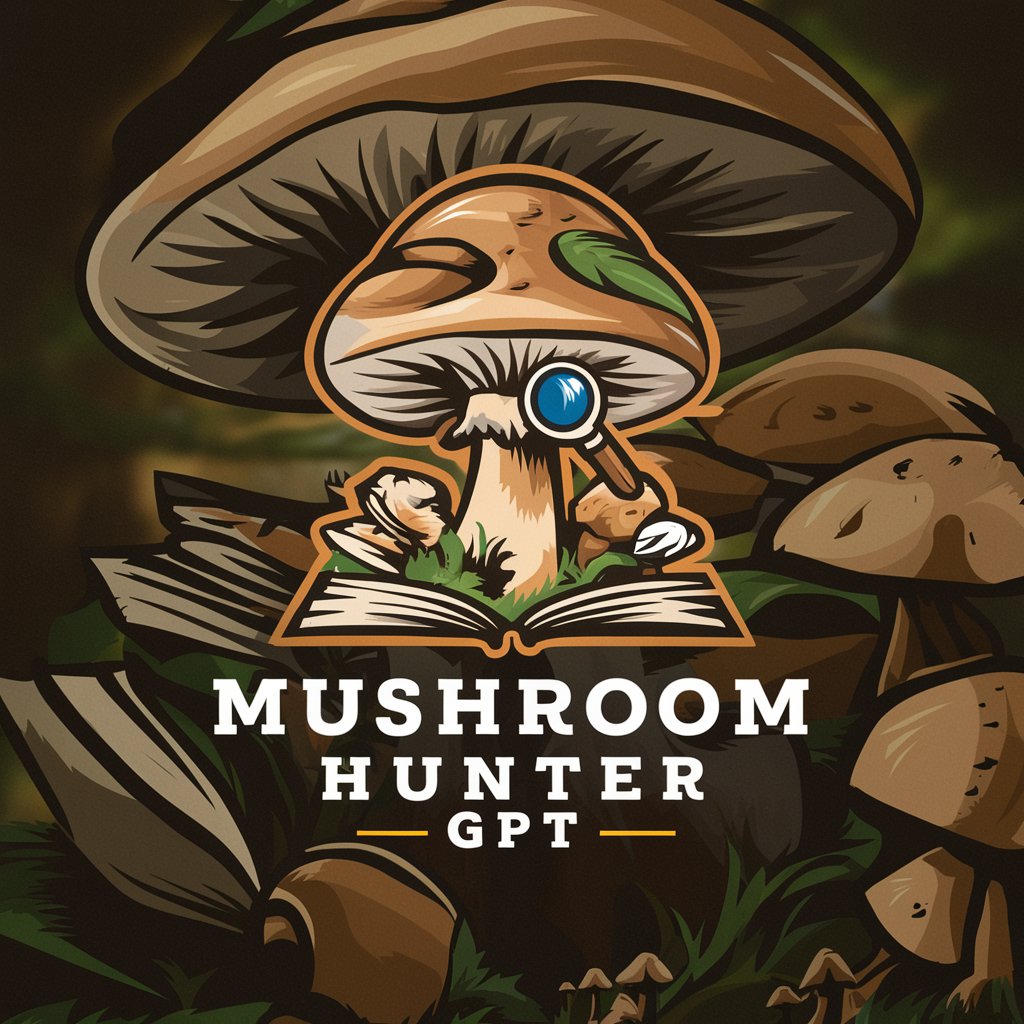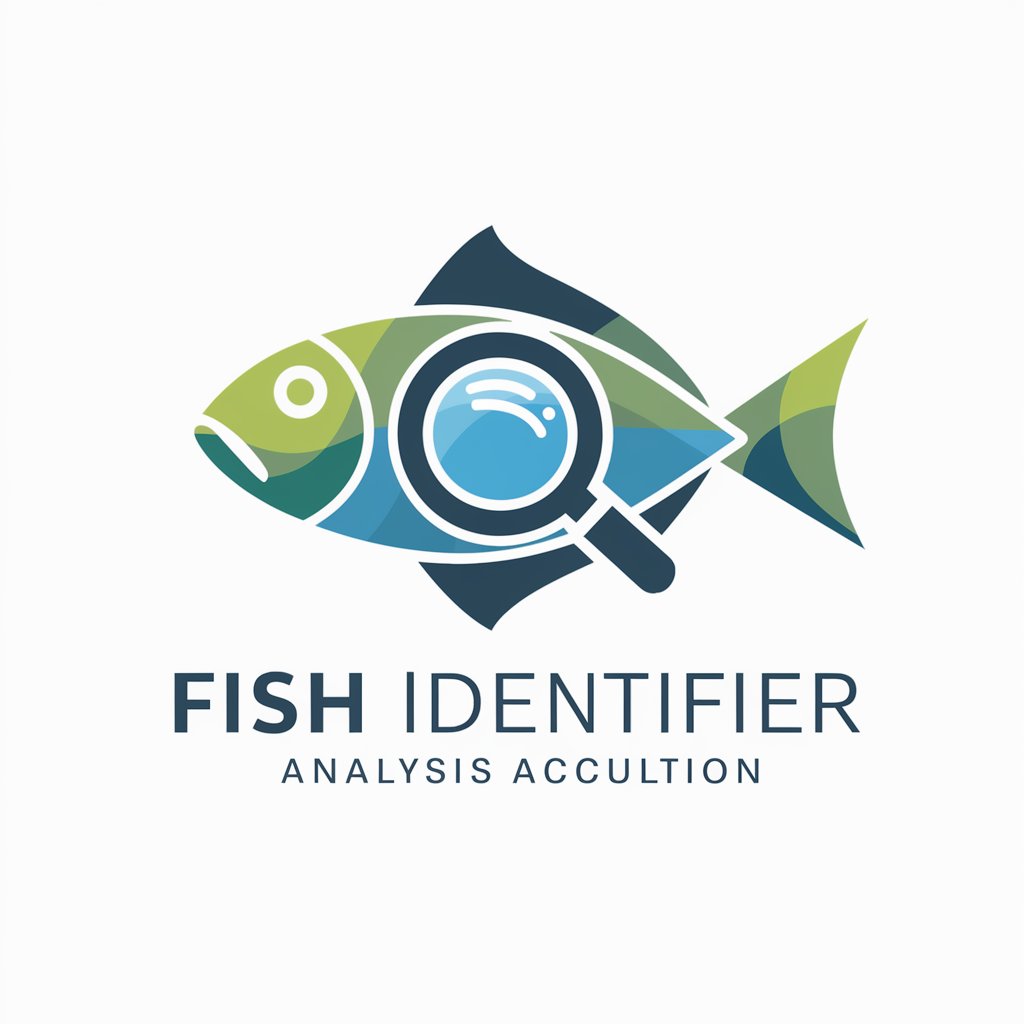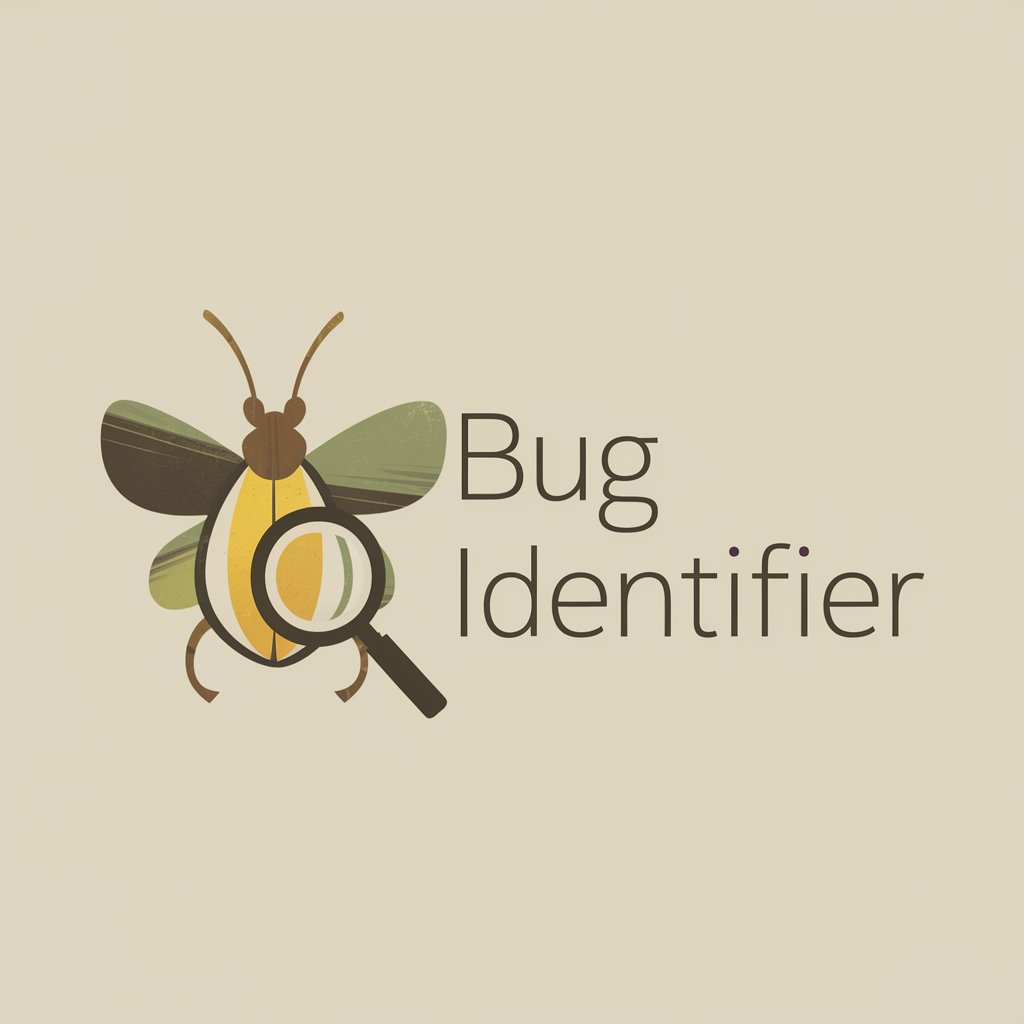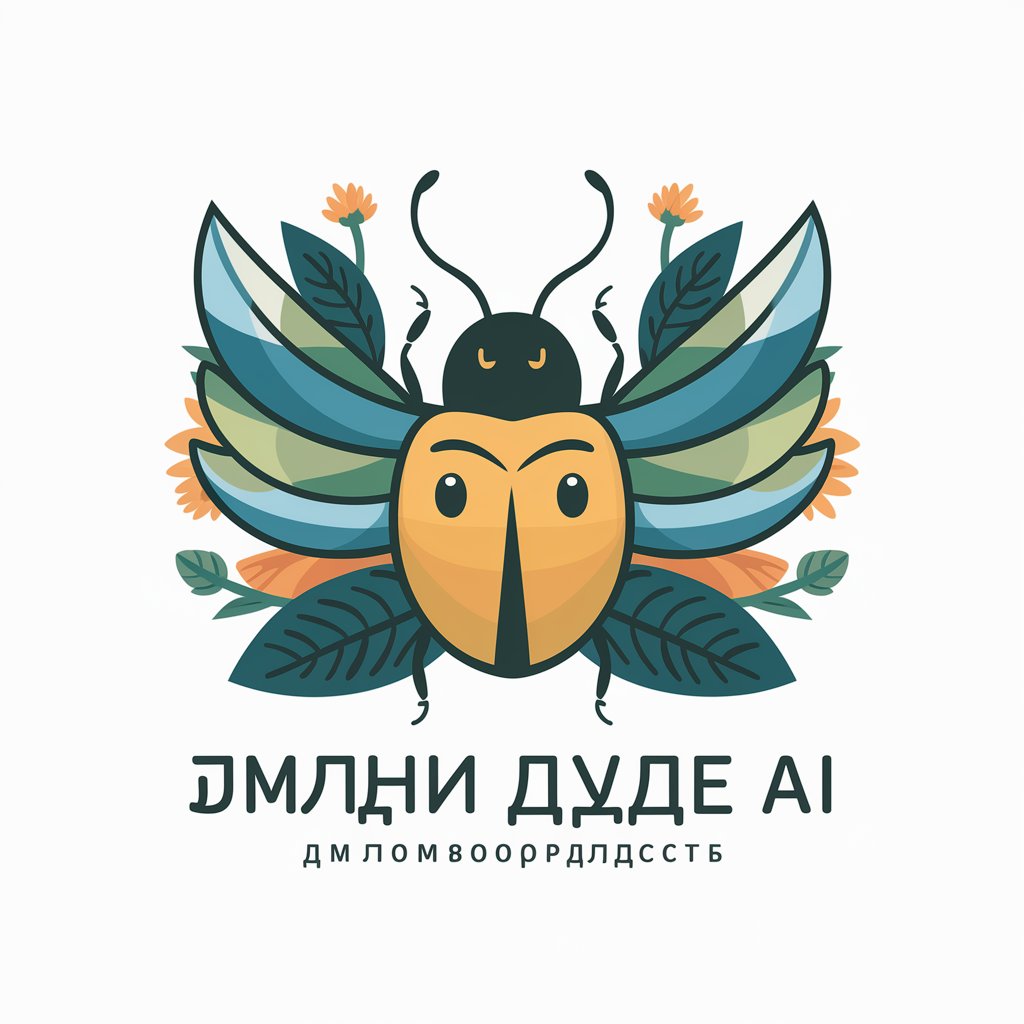6 GPTs for Biodiversity Tracking Powered by AI for Free of 2025
AI GPTs for Biodiversity Tracking are advanced tools designed to harness the capabilities of Generative Pre-trained Transformers (GPTs) in the field of biodiversity conservation. These tools leverage AI to analyze, monitor, and predict biodiversity patterns, helping researchers and conservationists make informed decisions. The integration of AI in biodiversity tracking underscores its relevance in managing and preserving biological diversity effectively.
Top 6 GPTs for Biodiversity Tracking are: ReLeaf,Mushroom Hunter GPT,Fish identifier,Flora Analyzer,Bug Identifier,하티 곤충 AI
ReLeaf
Empowering ecological insights with AI

Mushroom Hunter GPT
Unlock the secrets of fungi with AI-powered identification.

Fish identifier
Identify Fish with AI Precision

Flora Analyzer
Discover plants with AI-powered analysis.

Bug Identifier
Instantly Identify Insects with AI

하티 곤충 AI
Discover the insect world with AI-powered insights

Key Attributes of Biodiversity Tracking GPTs
AI GPTs for Biodiversity Tracking are distinguished by their versatility and adaptability, capable of handling both simple data collection tasks and complex ecological predictions. These tools are equipped with features like language understanding, technical support, robust web searching capabilities, sophisticated image generation, and advanced data analysis. Such functionalities make them highly effective in the dynamic field of biodiversity.
Intended Users of Biodiversity Tracking AI Tools
These AI tools are ideal for a wide range of users from novices in the field of biodiversity to seasoned professionals and developers. They offer user-friendly interfaces for those without programming skills, while also providing extensive customization options for tech-savvy users, making these tools both accessible and adaptable.
Try Our other AI GPTs tools for Free
Feature Brainstorming
Explore AI GPTs for Feature Brainstorming: tailor-made tools designed to enhance creativity and efficiency in your idea generation and feature development processes.
Health Choices
Discover how AI GPTs for Health Choices revolutionize healthcare decision-making with tailored solutions for users ranging from novices to professionals. Explore language learning, technical support, and data analysis capabilities for personalized health advice and medical insights.
Family Pets
Discover how AI GPTs for Family Pets enhance pet care through tailored advice, interactive support, and integrated solutions designed for both pet owners and professionals.
Lighting Mastery
Discover how AI GPTs for Lighting Mastery can transform your lighting projects with advanced AI capabilities tailored for optimal design and efficiency.
Application Preparation
Empower your application journey with AI GPTs tailored for Application Preparation. Streamline content creation, optimize language, and enhance formatting with intuitive tools designed to elevate your application materials. Explore advanced features and seamless integration options for a personalized and efficient application experience.
Electrical Issues
Explore AI GPT tools for Electrical Issues, designed to enhance diagnostics, learning, and management of electrical systems through innovative AI technology.
Deeper Perspectives on AI-Driven Biodiversity Solutions
AI GPTs for Biodiversity Tracking are designed to be highly user-friendly and can seamlessly integrate into existing technological frameworks, enhancing both the efficiency and effectiveness of biodiversity monitoring and conservation strategies.
Frequently Asked Questions
What is an AI GPT for Biodiversity Tracking?
It's an AI tool that uses Generative Pre-trained Transformers to assist in the collection, analysis, and prediction of biodiversity data, enhancing research and conservation efforts.
Who can use these AI tools?
Anyone from students and hobbyists to researchers and professionals in environmental sciences can use these tools to advance their understanding and conservation of biodiversity.
Do I need programming skills to use these tools?
No, these tools are designed to be user-friendly for non-programmers, though they also offer customization options for those with programming knowledge.
What makes these tools unique?
Their ability to adapt from simple tasks like data logging to complex analytical predictions makes them uniquely beneficial in biodiversity studies.
How do these tools help in conservation efforts?
They provide precise data and predictive insights that help in making informed decisions for conservation planning and species protection.
Can these tools integrate with other software?
Yes, AI GPTs for Biodiversity Tracking can be integrated with existing data management systems to enhance their functionality.
What technical support is available with these tools?
Most providers offer comprehensive technical support, including troubleshooting, updates, and customization assistance.
Are there any special features for data analysis?
Yes, these tools come equipped with advanced data analysis capabilities, including pattern recognition and predictive modeling, tailored specifically for biodiversity data.